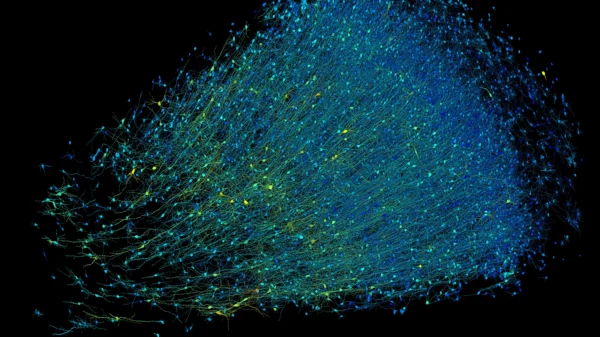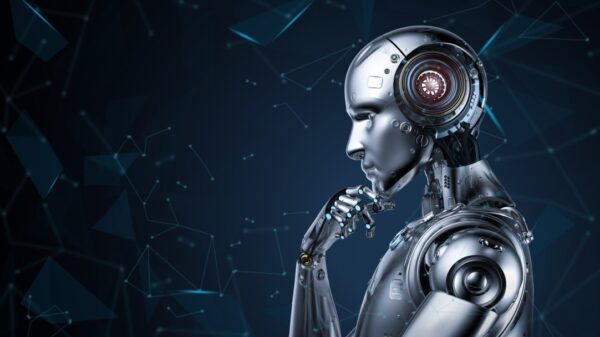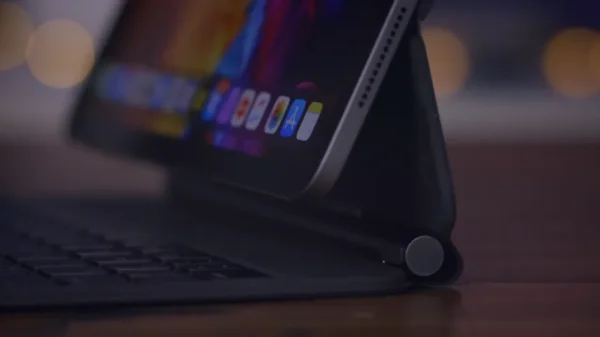Have you ever wondered how artificial intelligence (AI) could help us understand the human brain better? Well, a team of researchers from Google and Harvard is making strides in this area. They’ve teamed up to create an incredible view of the human brain using AI and brain imaging technology.
Their groundbreaking work involves reconstructing nearly every cell and connection within a tiny piece of human brain tissue, about the size of half a grain of rice. Despite its small size, this 3D mapping is a monumental achievement, requiring a whopping 1.4 petabytes of data.
Here are some fascinating discoveries from their research:
1. A Glimpse into Brain Layers: The team focused on a small part of the cortex called the anterior temporal lobe. By collecting thousands of thin cross-sectional images and using AI, they created an interactive 3D model of the brain tissue, revealing its complex structure.
2. Intricate Mapping: Within this tiny tissue sample, they found around 50,000 cells and a staggering 150 million synapses. Some neuron pairs showed strong connections through as many as 50 synapses, a mystery that researchers are eager to unravel.
3. Symmetrical Patterns: They observed clusters of cells arranged in mirror-image orientation to each other, adding another layer of complexity to brain organization.
4. Synaptic Connections: Neurons in the brain are densely connected, with thousands of axons bringing signals to each neuron. The team observed neurons with over 5,000 axons, highlighting the intricate networking within the brain.
5. Axon Whorls: A surprising finding was the presence of axon whorls, rare looped structures of axons whose function remains unknown.
6. Neuronal Communication: Each neuron receives signals from thousands of axons, determining whether it fires or not. This intricate network of communication is vital for brain function.
This research opens up new avenues for understanding the brain’s complexity and may hold the key to unraveling mysteries related to memory formation, neurological disorders, and diseases like autism and Alzheimer’s. The team hopes that their data will inspire further discoveries and collaborations in neuroscience.
















































